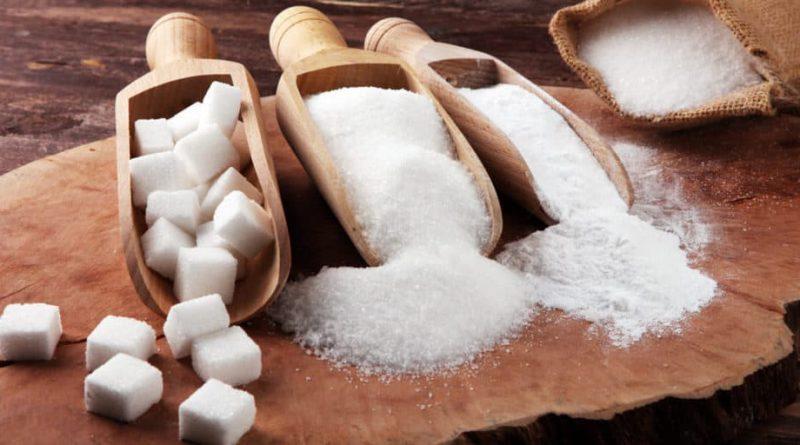The 11% decline in hydrated ethanol was offset by a 4% appreciation in the dollar and a 1.7% decline in New York sugar
For September, expectations are for even sharper negative spreads for hydrated ethanol compared to New York sugar, at around 18%, with new strong lows in the biofuel in the physical market, despite the support from the lows in sugar and the highs in the exchange rate. The month of August was marked by the strong expansion of negative spread levels for hydrated ethanol prices, in cents, inside of mills, against the average price of raw sugar in New York, also in cents and placed inside of mills. The negative spread of 9.6% seen in August practically doubled that of the previous month, in July, when, until then, hydrated ethanol prices fluctuated 4.3% below sugar. The central pivot for this acceleration of negative spreads was the decline in hydrated ethanol prices in the physical market, which dropped from an average of BRL 3.33 to 2.95 per liter. To make things worse, this decline in physical prices in August must deepen in September, with average prices expected to decline to BRL 2.60 a liter, in Ribeirão Preto, including taxes. As a result, the price differential between hydrated ethanol and sugar in New York must have new declines from 9.6% to 18.20% between August and September.
As seen now in August, the central vector of the expansion of the hydrated ethanol negative spread must be the fall in the physical market prices. In the meantime, the real must continue to strengthen against the dollar, neutralizing part of this decline in reals per liter, as well as sugar must also have downward movements, getting closer to hydrated ethanol prices in cents per pound, but not therefore preventing differentials from doubling once again between August and September, as happened between July and August, the month in which hydrated ethanol was also supported by the stronger exchange rate in Brazil and lower prices in New York. Were it not for these two vectors balancing prices in cents, differential levels would be much deeper, around 30%, and not only 9% as seen in August and projected at 18% for September.
The tax exemption movements for PIS/Cofins and the reduction of ICMS in São Paulo from 13.3% to 9.57% also contributed to preventing such an intense deepening of the hydrated ethanol differentials against New York sugar. The detail is that, as many mills are significantly increasing their stocks, the end of the year must be a period marked by still negative relations between hydrated ethanol and sugar in New York. Domestic demand for the biofuel is not reacting, while competitiveness cannot even be achieved after the loss seen in April. However, at the other end, we have a very high new crop (2022/23) in Asia, which could keep New York negatively pressured and the negative relationship between hydrated ethanol and sugar fluctuating below 20% until the end of the year. In January, if the PIS/Cofins exemption is not renewed, negative spread levels may surpass 20% in the comparison with hydrated ethanol.
arison with hydrated ethanol.

